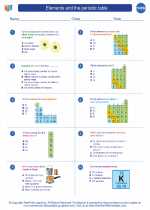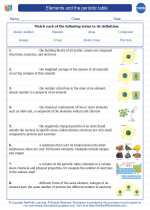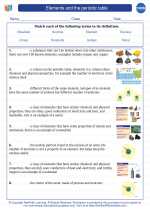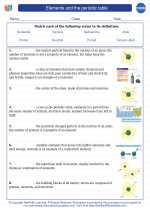Forest Ecology and Chemistry
A forest is a complex ecosystem that consists of various living and non-living components. The study of forests involves understanding the interactions between different organisms, the chemical processes that occur within the forest, and the impact of human activities on forest ecosystems.
Components of a Forest
Forests are composed of trees, shrubs, grasses, fungi, bacteria, insects, birds, mammals, and various other organisms. The non-living components include soil, water, air, and minerals.
Chemical Processes in a Forest
Forests play a crucial role in the carbon cycle and oxygen production. Trees and other plants use the process of photosynthesis to convert carbon dioxide and water into glucose and oxygen. This process is driven by sunlight and involves the chemical reactions of carbon fixation, the Calvin cycle, and the production of glucose.
Forest Conservation and Sustainability
Human activities such as deforestation, pollution, and climate change have a significant impact on forest ecosystems. Conservation efforts aim to protect and sustainably manage forests to preserve biodiversity and ecosystem services. Sustainable forestry practices consider the long-term health of the forest while meeting the needs of the present generation.
Study Tips
- Understand the basics of photosynthesis and its role in the forest ecosystem.
- Learn about the different layers of a forest, including the canopy, understory, and forest floor.
- Explore the chemical composition of soil and its importance for plant growth.
- Research the impact of human activities on forest ecosystems and ways to promote forest conservation.
[Forest] Related Worksheets and Study Guides:
.◂Chemistry Worksheets and Study Guides High School. Elements and the periodic table

 Worksheet/Answer key
Worksheet/Answer key
 Worksheet/Answer key
Worksheet/Answer key
 Vocabulary/Answer key
Vocabulary/Answer key
 Vocabulary/Answer key
Vocabulary/Answer key
 Vocabulary/Answer key
Vocabulary/Answer key
